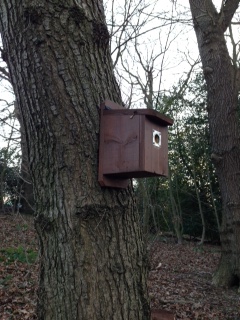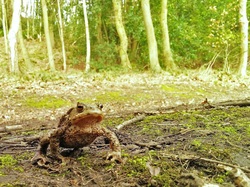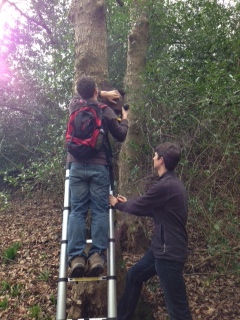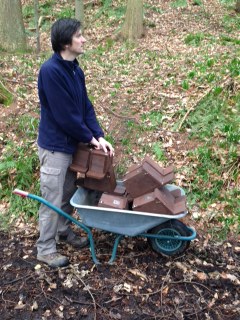
The nest boxes measure around 8x10x5 inches and have a hole in the front just large enough for a Blue or Great Tit to get through. The boxes also contain a removable lid so that researchers can check to see if the box is being used as the nesting season progresses. Checking on the nests throughout the spring provides useful information such as the timing of nesting, the numbers of eggs laid, timing of hatching, and the numbers of chicks that survive to leave the nest. This data, combined with other nest box projects coordinated by the British Trust for Ornithology, is used to keep track of bird numbers and contributes to a growing body of knowledge on bird population trends across the country. This project is also part of ongoing research within the CEG to monitor the biodiversity supported by the woods around Durham University. While the birds will be busy finding their new boxes, there is still much work to do for ecologists and volunteers around campus. If you are interested in helping with the nest box projects or other projects around Durham, please contact a member of the CEG or Experience Durham for available opportunities. For more information on nest boxes visit the British Trust for Ornithology website.

Among the early signs of spring, a toad makes its way through Great High Wood towards a small pond nearby!


 RSS Feed
RSS Feed
